Multichannel vs. Omnichannel: Unraveling the Differences in E-commerce Strategies
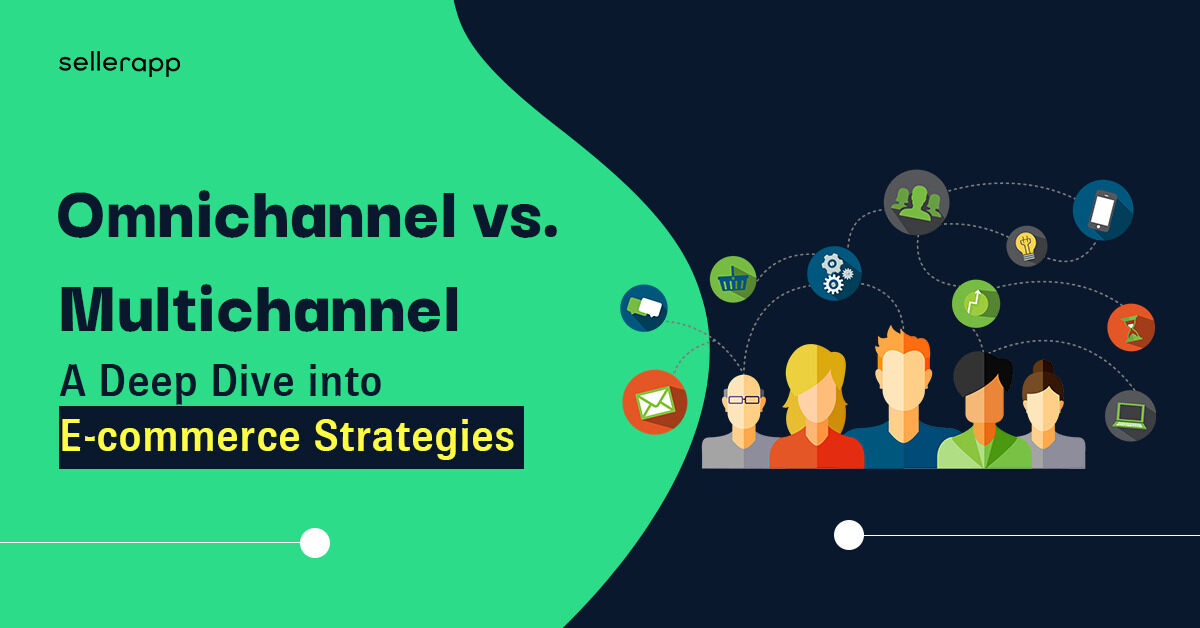
In today’s ever-evolving digital landscape, customers are no longer confined to a single platform when making purchasing decisions. With social media sales projected to skyrocket to a staggering $2600 billion by 2026, businesses are faced with the daunting task of establishing a presence on multiple platforms and engaging with customers across various touchpoints.
The possibilities seem endless, from mobile and desktop platforms to social media, brick-and-mortar stores, direct-to-consumer (DTC) websites, and third-party retailers.
However, the real question is: how can brands effectively engage customers along their journey?
This is where the age-old debate of omnichannel versus multichannel strategies comes into play.
At first glance, these terms may appear interchangeable, but don’t be fooled – there are some differences that can significantly impact the customer experience.
Let’s delve deeper and explore the unique advantages and disadvantages of each approach and how they can work harmoniously to elevate your business.
Here is a quick peek into the article:
- What is omnichannel retailing?
- What is multichannel retailing for e-commerce?
- What is the difference between multichannel and omnichannel retailing?
- How do you choose between a multichannel and an omnichannel strategy?
- Multichannel and Omnichannel Retail Examples
- Final Thoughts
What is omnichannel retailing?
Omnichannel retailing is a type of multichannel e-commerce that links a brand’s physical store with online operations.
Also known as “seamless commerce” or “unified commerce,” omnichannel retailing focuses on synchronizing data between multiple channels and providing a seamless experience to the customers.

A successful omnichannel strategy involves a two-way integration between online channels and physical stores, along with seamless handoffs between these channels. The goal is to enable a smooth flow of relevant and accurate information.
For instance, a brick-and-mortar store should be able to share inventory data with its online counterpart. Similarly, an online platform must be able to inform the physical store when a customer has placed an order for in-store pickup.
The ultimate objective of omnichannel retailing is to provide customers with convenience and a unified experience regardless of the channel they choose. Whether it’s the physical store, the online shop, or even social media platforms, customers should be able to seamlessly navigate from product discovery to purchase.
While there is no one-size-fits-all approach to omnichannel retailing, brands can think outside the box and design unique experiences that customers wouldn’t encounter on a single channel.
By embracing innovative solutions, businesses can unlock new avenues for customer engagement and differentiate themselves in the competitive retail landscape.
Although “omni” means “all,” omnichannel retail doesn’t mean being preset on all platforms all the time. Instead, it emphasizes being present on the platform where customers can naturally interact with the brand, whether it’s in physical locations or on mobile devices.
Building a marketing strategy around a platform where customers aren’t present wouldn’t yield any impact. Therefore, understanding customer preferences and aligning omnichannel strategy accordingly is crucial for successful omnichannel retailing.
What is multichannel retailing for e-commerce?
Multichannel retailing is a practice that revolves around the concept of selling products on multiple channels. These channels can take various forms, such as social media platforms, DTC websites, e-commerce marketplaces, brick-and-mortar stores, or a blend of all. By embracing multichannel selling, businesses open themselves up to vast possibilities, expanding their reach across different channels while offering their product catalog to a broader customer base.
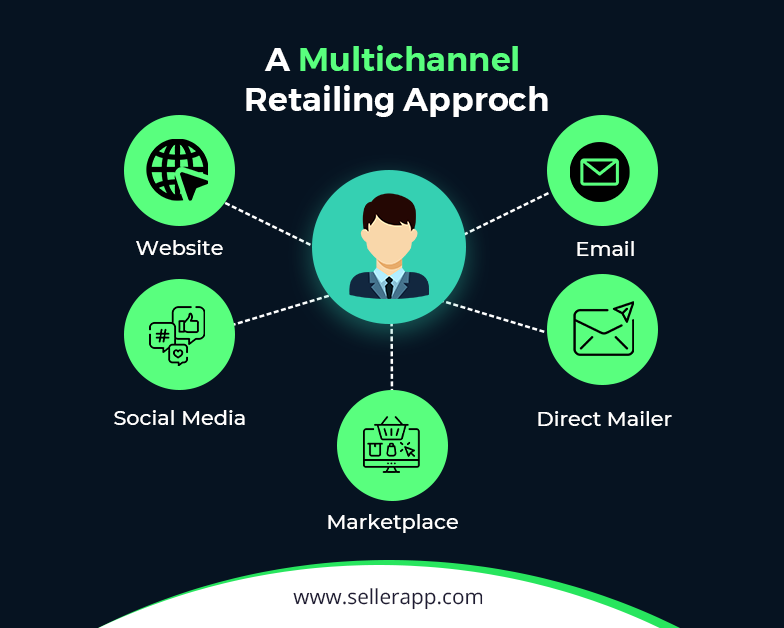
Think of multichannel retailing like the solar system. Your product is like the sun in the middle. Around it, like planets, are different channels where people can buy that same product. Each of these places is separate and works on its own.
A multichannel retail strategy maximizes brand exposure and gives customers more choices on where to buy the product. Unlike omnichannel retailing, multichannel retailing offers a platform-independent customer experience, where data-synchronization across all channels is non-existent, even though all the sales channels improve the brand’s bottom line.
However, while multichannel retailing offers undeniable benefits, challenges do arise, particularly with scalability and providing a consistent customer experience across multiple channels.
A multichannel approach is usually less complex but still requires a good amount of investment to manage the entire business and keep customers happy.
For example, shoppers can be confused if they see different brand impressions on different platforms. They can also be disappointed if they see a product online but have to pick it up from the store (BOPIS).
While a successful multichannel retail model allows brands to increase sales across various channels, it often falls short of providing a personalized customer experience.
However, retailers must first streamline their multichannel approach to pave the way for a solid omnichannel experience. The seamless integration of multiple channels is the foundation for successful omnichannel retailing, ensuring a consistent journey that satisfies customers’ intent and fosters loyalty.
What is the difference between multichannel and omnichannel retailing?
The foundation for omnichannel and multichannel retailing is similar. However, an omnichannel approach includes more personalized strategies, whereas multichannel selling is more straightforward. Here are some primary differences between multichannel and omnichannel retailing.
| Factors | Omnichannel Retailing | Multichannel Retailing |
|---|---|---|
| Customer needs vs. company needs | Puts customer needs first, focuses on providing a seamless experience to customers | Focuses on maximizing sales through multiple channels, channel selection based on profitability and internal reasons |
| Resources required to support every channel | Requires investment in resource-intensive tools to manage the business effectively | Don’t need as many resources as omnichannel |
| Revenue generation | Strong omnichannel engagement leads to higher customer retention (89%) and increased revenue | Less emphasis on customer experience results in one-third of customer retention in omnichannel retail |
| Demand placed on your team | Requires company-wide vision and cultural changes, which can cause some friction among employees. For example, the salesperson of your website may be reluctant to drive visitors to other sales channels as it may negatively impact their KPIs. | is relatively easier to implement, less resistant to changes, |
| Consistency vs. flexibility | Focuses on providing consistent information and branding across all platforms | Allows for flexibility in tailoring content and campaigns to different channels and demographics |
| Integration of channels | Syncs channels directly and integrates them to work together. | Channels operate independently without any data synchronization. |
| Creating new customer experiences | Enables brands to create unique and memorable experiences across channels | Limits the customer experience to individual channels |
How do you choose between a multichannel and an omnichannel strategy?
When it comes to retailing, both a multichannel and an omnichannel strategy can significantly impact a brand’s success. Both strategies involve interacting with customers across various channels, such as social media, traditional media, SEO, DTC websites, e-commerce marketplaces, and OTT platforms.
But when should a brand opt for multichannel selling, and when is omnichannel the better choice?
Omnichannel retailing creates loyal costumes and generates more sales
Omnichannel marketing revolves around a customer-centric sales strategy that aims to provide a seamless shopping experience across multiple marketing channels.
By adapting customer messaging based on their stage in the customer journey, omnichannel retailing can effectively nurture prospects and convert them into loyal customers.
Once they convert, brands use personalized communication to promote retention, cross-merchandising, and brand loyalty.
Research even suggests that omnichannel retail generates 10% more sales compared to a single-channel approach.
However, implementing an effective omnichannel strategy requires substantial time and financial investment to analyze data from multiple platforms, adding complexity to the process. Customer data platforms like Hightouch are among the most impactful tools for segmenting and analyzing your data. RingCentral is one of the great tool for omnichannel communication, but businesses exploring more tailored solutions may want to consider RingCentral alternatives for better flexibility and pricing.
Multichannel for Startups
For most small retail businesses, starting with multichannel marketing makes sense, as it is less expensive and allows them to optimize the performance of individual channels before integrating them into a seamless omnichannel experience.
During the early stages, building brand awareness is most important. And multichannel selling offers the flexibility to target diverse customer segments with maximum visibility.
Plus, it’s best to pursue omnichannel when the business has enough funds, manpower, and customer data available.
Recommended read: Types Of Data Available In Amazon Marketing Stream.
A Lot Depends on The Current Business Infrastructure
The choice between multichannel and omnichannel selling also hinges on the existing infrastructure of a brand. Physical retail stores, in particular, benefit from adopting an omnichannel strategy to meet consumer expectations for services like click-and-collect, curbside pickup, and in-store stock checks.
However, the organizational structure differs significantly between multichannel and omnichannel retail.
In a multichannel retail setup, each channel may operate with its own supply chain arrangements and departments. For instance, an eCommerce site might have a dedicated warehouse, stock management system, and staff distinct from brick-and-mortar stores. Additionally, database synchronization becomes critical when it comes to ensuring inventory, pricing, and customer data remain consistent across these disparate channels.
On the other hand, implementing an effective omnichannel strategy requires you to connect multiple platforms into a cohesive system, which can be expensive.
In the end, your current organizational structure and supply chain system will decide what type of retail strategy you want to implement.
Multichannel and Omnichannel Retail Examples
Both multichannel and omnichannel retailing rely on well-organized product data. However, the omnichannel approach goes a step further by incorporating personalized marketing and complex data synchronization, setting it apart from multichannel retailing.
Let’s explore some examples of how businesses leverage these models to create successful customer experiences.
Omnichannel: Display Online Product Information in Physical Store.
Brick-and-mortar stores can employ in-store kiosks to showcase online inventory that may not be physically available on shelves. Thus, merchants can manage inventory effectively and speedily both in-store and on the website.
For instance, high-end luxury models of a product can be displayed digitally, allowing customers to explore a wider range of options.
Retailers can also feature popular products as floor models, enabling customers to interact with the product and envision it in their own homes.
However, the purchase options need not be limited to the physical store itself. Customers can choose to order the product online and opt for in-store pickup or home delivery as fulfillment options.
To further enhance the customer experience, omnichannel retailers can display product reviews directly on the shelves or through dedicated stands.

These reviews can range from simple star ratings and the total number of reviews to comprehensive write-ups from customers. By linking these displays to an online source, the information remains up-to-date as new reviews are added. This feature capitalizes on customers’ existing behavior of seeking out reviews on their smartphones before approaching a store associate.
By catering to this preference, retailers can improve the overall customer experience while minimizing the chances of customers getting distracted by other websites.
Omnichannel: Ease of online shopping with in-store click-and-collect
Click-and-collect, often called BOPIS (buy-online-pickup-in-store), empowers customers to shop online and collect their purchased items from a nearby physical store. Customers can visit the website of a brick-and-mortar location, check the product availability, make a purchase online, and conveniently pick up the order within a few hours.
This approach gained significant popularity during the pandemic and is expected to retain its appeal due to the heightened convenience it offers.
One successful example of this model is Lululemon. After selecting a local store, and product, shoppers can make the purchase online, and within two hours, they can visit the store and pick the item up.
Another click-and-collect model is BORIS (buy-online-return-in-store), which enhances the online shopping experience by eliminating the need for customers to worry about returning a product via mail. Instead, they can conveniently return the product to a brick-and-mortar location, receive a refund, and even continue shopping in-store if desired.
Example of Multichannel Retailing
A common multichannel approach involves leveraging multiple channels, such as advertising, marketplaces, direct sales, and wholesale, to reach a wide range of customers. Each channel serves as a distinct face of the company’s business, with the primary objective of bringing sales across all platforms.
Apple stands as a prime example of utilizing multichannel retailing to its advantage.
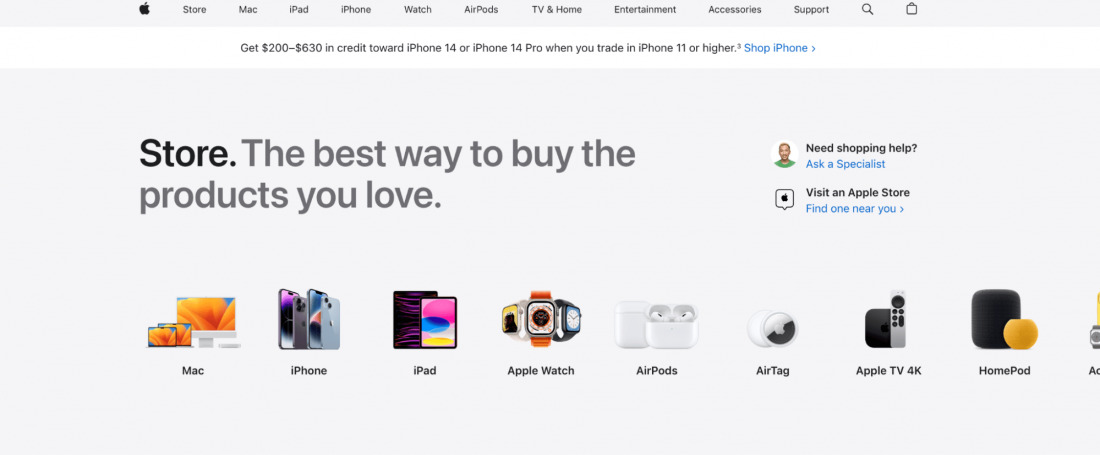
By employing a variety of channels, including its own e-commerce website, online marketplaces like Amazon and eBay, physical Apple stores, and other electronics retailers, Apple maximizes its reach and accessibility.
Moreover, Apple also engages customers through its mobile app and social media platforms, creating a comprehensive multichannel ecosystem that drives sales and fosters brand loyalty.
Another notable brand utilizing a multichannel strategy is Nike. Nike successfully sells its products through its e-commerce website, online marketplaces like Zalando and JD Sports, physical Nike stores, and other sports retailers.
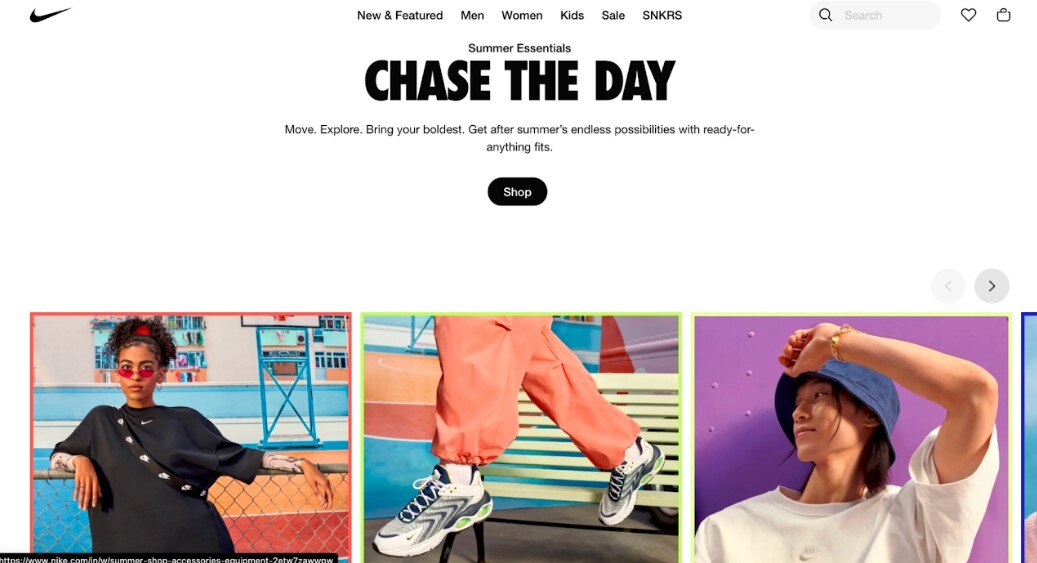
By providing customers with multiple avenues to purchase their products, Nike caters to various sets of shoppers and ensures widespread availability.
By strategically implementing a multichannel approach, businesses can tap into diverse customer segments and expand their reach while maintaining a seamless customer experience across all channels.
Final Thoughts
In the debate of omnichannel vs. multichannel retailing, omnichannel ultimately comes out on top in every way.
Although both omnichannel and multichannel approaches offer a great way to increase customer satisfaction compared to single-channel retailing, omnichannel is more complicated to implement correctly.
Brands looking to transition their marketing and sales into an omnichannel approach must thoroughly understand the advantages and disadvantages of both methods and make informed decisions. However, the most effective approach is to gradually introduce a new channel using a multichannel strategy and then integrate it later.
One highly effective multichannel strategy is listing products on Amazon, as it provides access to a massive audience of highly engaged online shoppers. However, this approach does come with a unique set of challenges. Businesses need to follow Amazon’s listing and fulfillment requirements, compete for the buy box, pay commissions, and maintain a positive seller rating to retain top ranking.
Fortunately, if you need assistance expanding your business on Amazon, SellerApp is here to help.
Our team of experts has successfully assisted 20,000 brands, including renowned enterprises like Philips and Coca-Cola, in managing and significantly growing their businesses on Amazon. And we can do the same for you!
Don’t hesitate to schedule a call with SellerApp today and take your business to new heights.
Additional guide:
What is the right Amazon sales strategy?
How Voice Search Will Affect eCommerce SEO
What are Amazon’s editorial recommendations?



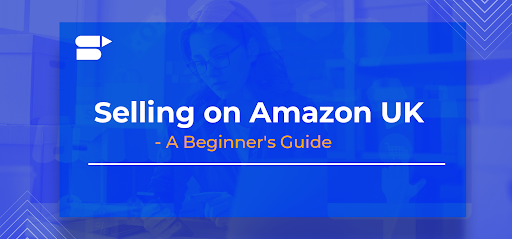
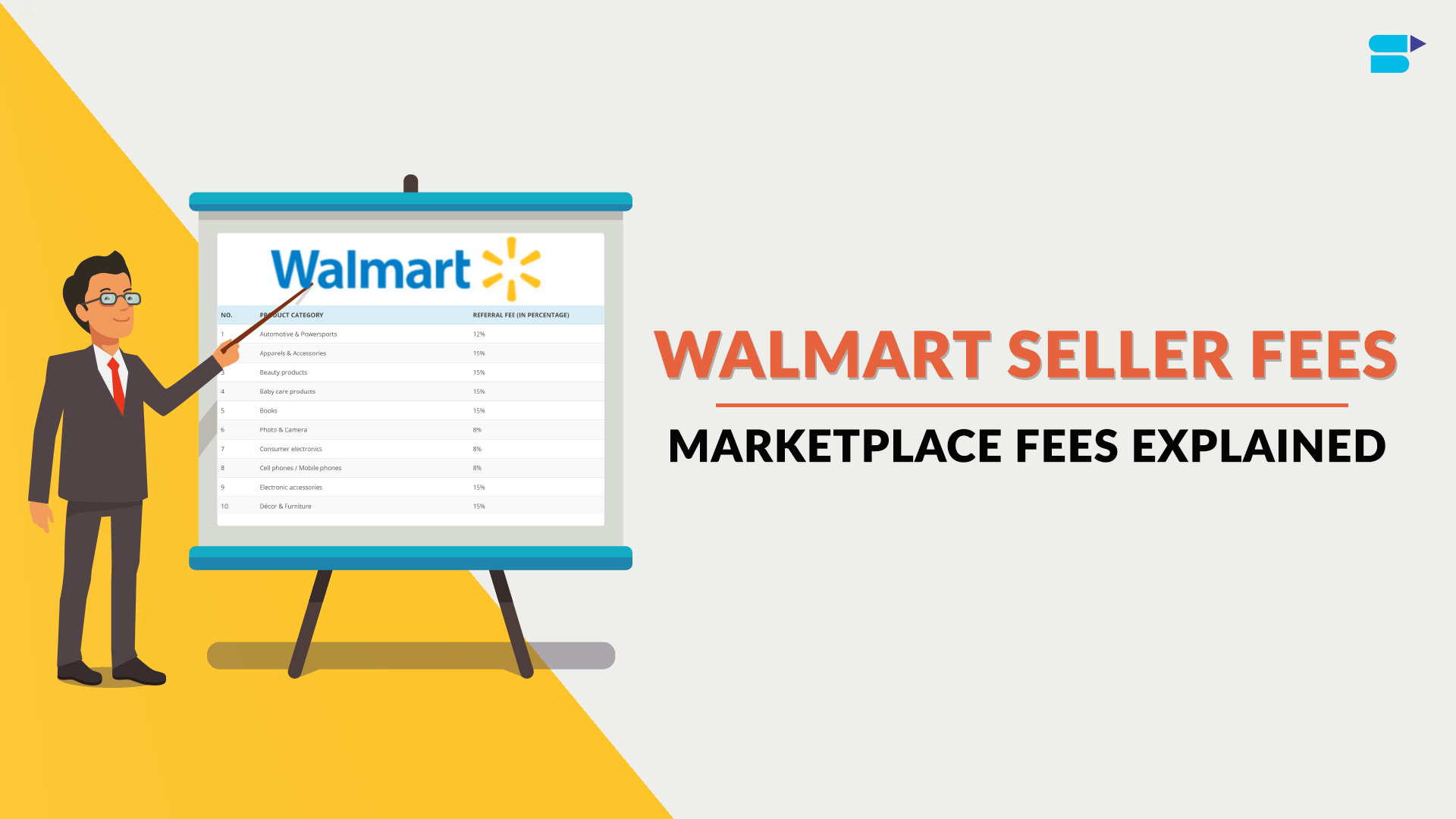
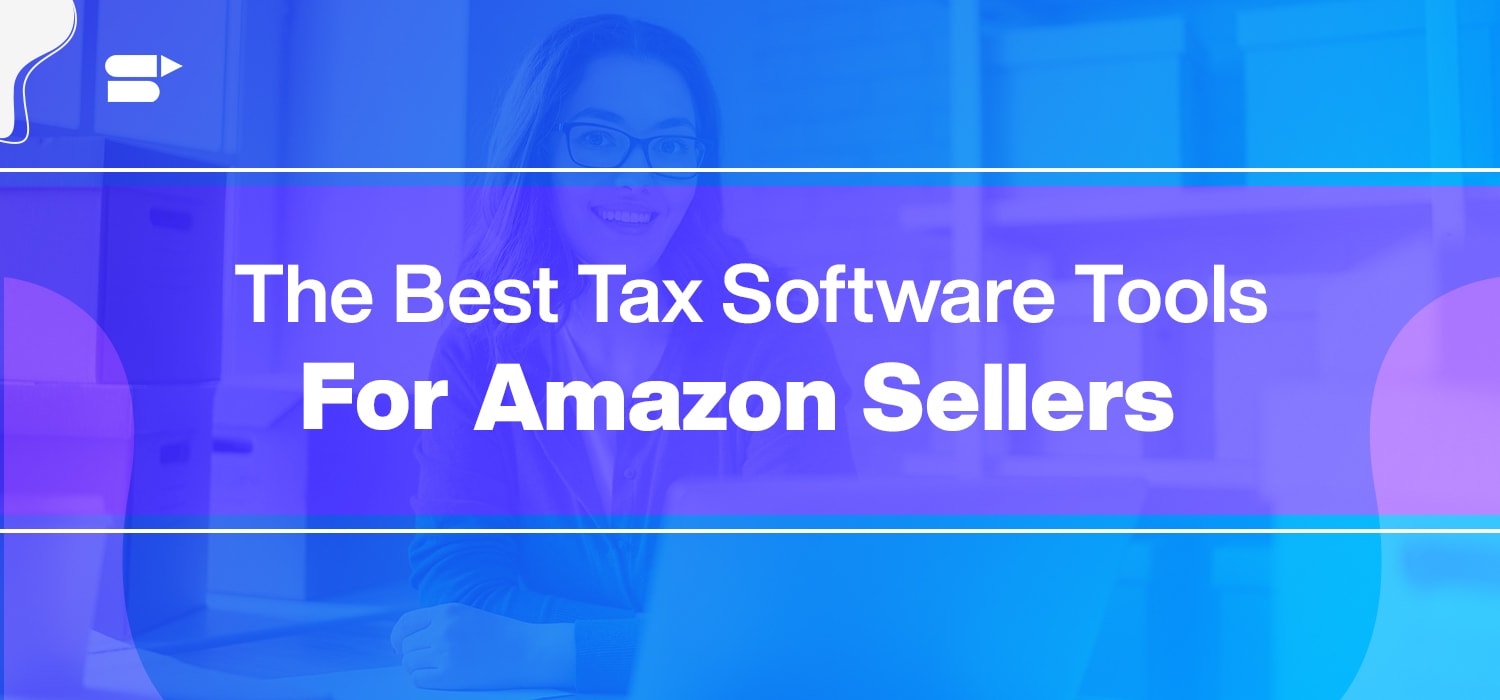

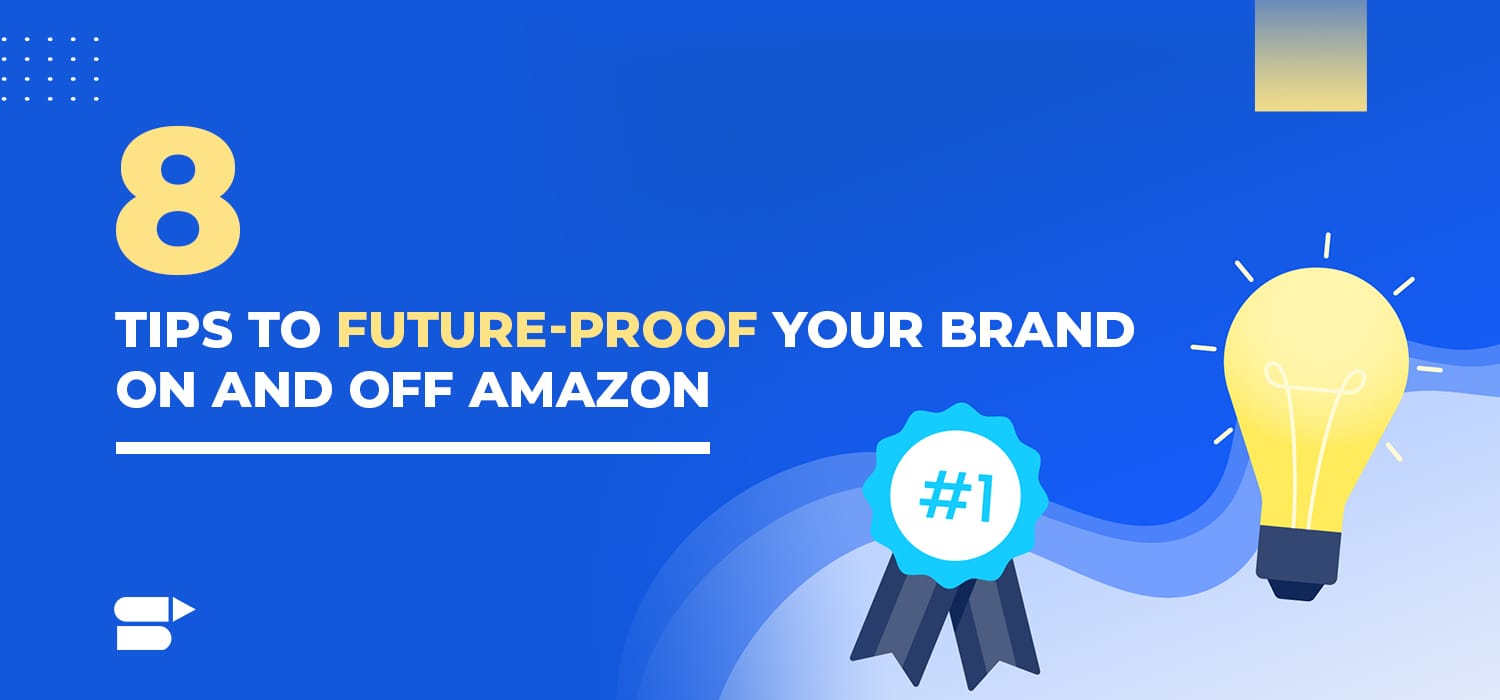
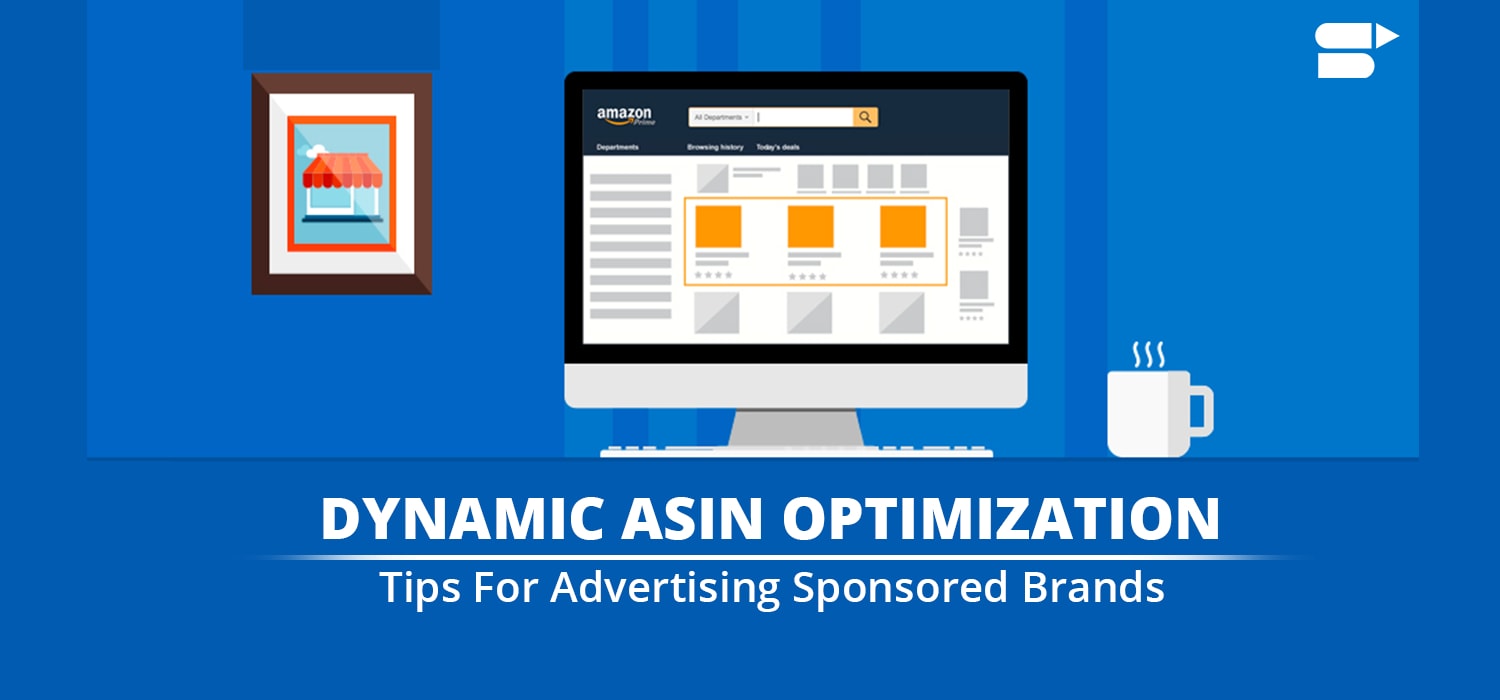
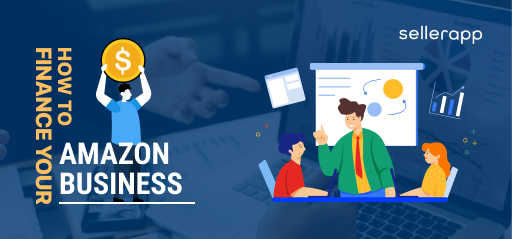
Dacian
November 21, 2023Appreciate all of your help!!
Clare Thomas
March 15, 2024Thank you.
Connor
November 22, 2023Enjoyed reading this !!
Clare Thomas
March 15, 2024Very happy to hear that.